Mongolia, landlocked between two world's largest economies, Russia and China, possesses a significant potential as a transit and transport hub connecting East Asia to Europe. The evaluation of Mongolia's international transit potential garnered attention from scholars, policymakers and international organisations over the past decade. The transit potential should be understood in this monograph in different dimensions such as technical (regional transportation and international railway and road routes infrastructure capacity - the air transit is not in focus as it is still marginal), economic (impact on Mongolia's economic development), and geopolitical as an important part of Mongolia's foreign policy to secure its political balance between China and Russia with the window for cooperation with "the Third Neighbour". That is why the year 2008 is treated as an important start of transit development in Mongolia (CAREC, 2008). Resolution No. 183 described the transit development in 2 phases: 2008-2011 and 2011-2015. The first phase concentrated on creating a favourable environment for legal, infrastructure and business relations to develop railways but also other types of transportation. Additionally, it also tried to eliminate various tariff and nontariff constraints to increase the inputs of transit transportation by setting up "dry ports" as logistic centres. According to the plans in the second phase, Mongolia will have reached the international level in terms of legal, infrastructure and business venvironment required for the development transit transportation and logistics sector. The main criteria were to have 2 exclusive logistics centres and the transit freight volume via railways of 16 m tons by 2015. The research data showed that the plan regarding the transit freight by railway was reached partially. However, Resolution No. 183 can be treated as an important milestone for the Mongolian transit development. Due to the scarcity of data for the period 2008-2012, the majority of data presented covered the period 2013-2023. The last decade made successive Mongolian governments realise that their country has much more to offer than just mineral resources and focusing on one sector of economy is not economically or politically safe. The search for ways to diversify the sectors of national economy while maintaining the stability of democracy and the foundations of free market obtained over thirty years ago is a challenge that modern activities and processes of the global economy pose to the Mongols. This is not an easy task considering the proximity of two powerful world economies, which is why it is so important for Mongolia to find solutions that will be attractive to many parties. It is necessary to make use of every opportunity, and certainly one of them is the development of Mongolia's potential and transit possibilities in the face of the permanent development of the PRC economy and the strengthening economic relations between Moscow and Beijing. There are already some opinions claiming that only by connecting the network of asphalt roads, railways, gas pipelines and power lines of two Mongolian neighbours will Mongolia's development be possible. The main research question is whether Mongolia's transit potential and its geopolitical location can constitute an important element of economic policy in the region, and perhaps even globally. The study tries to answer this question. An interdisciplinary study will make use of team research methods in which the knowledge and skills from various fields of science can be combined. By using heuristic methods in this research, an in-depth analysis of macro- and microeconomic statistical data of the last decade, describing economic reality on a national, regional and global scale, and supplementing them with methods used in cultural studies, it creates a clear description of the phenomenon along with its prospective evolution. Thanks to this, the authors obtained an expert opinion which should be useful in further research. The authors worked also on explaining the variations in the rail transit volumes for certain types of freight in the same period. The main cause of that was empty containers, providing a consistent measure for assessing the movement of shipping containers between the countries via rail. Because of Mongolia's transit activities between Russia and China, careful consideration should be given to potential discrepancies and data integrity issues when interpreting the findings in future research.

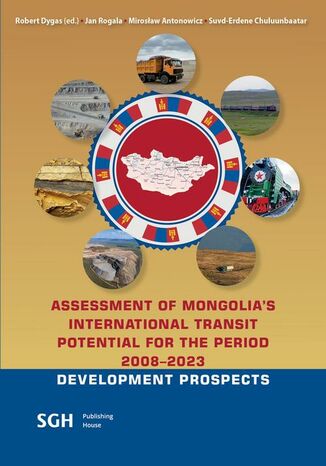

 opcje wysyłki »
opcje wysyłki »




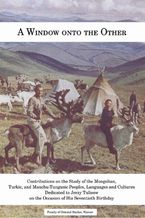
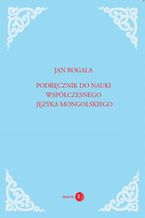
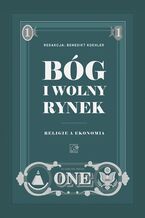
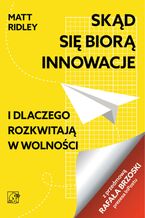
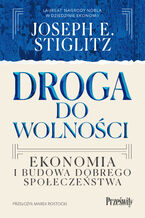
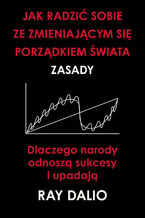
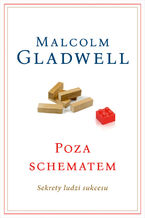

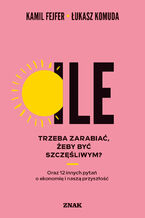

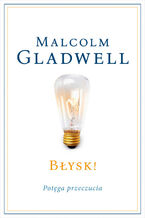
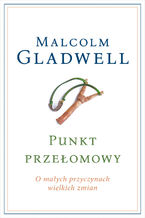






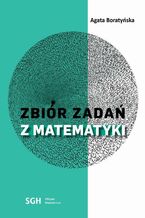
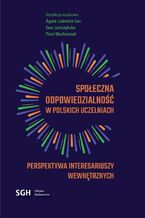
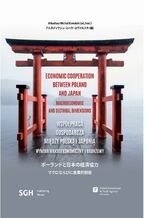
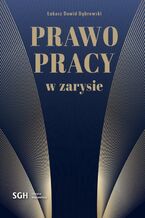
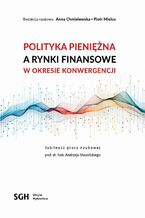
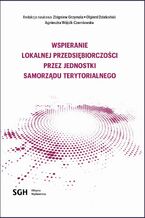
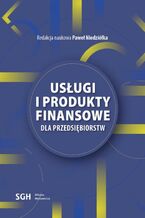
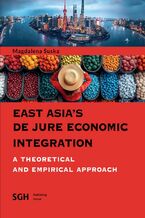
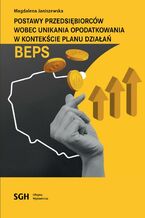
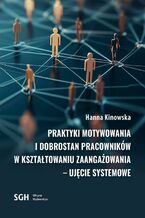
Oceny i opinie klientów: ASSESSMENT OF MONGOLIA'S INTERNATIONAL TRANSIT POTENTIAL FOR THE PERIOD 2008-2023 Robert Dygas, Jan Rogala, Mirosław Antonowicz, Suvd-Erdene Chuluunbaatar
(0)